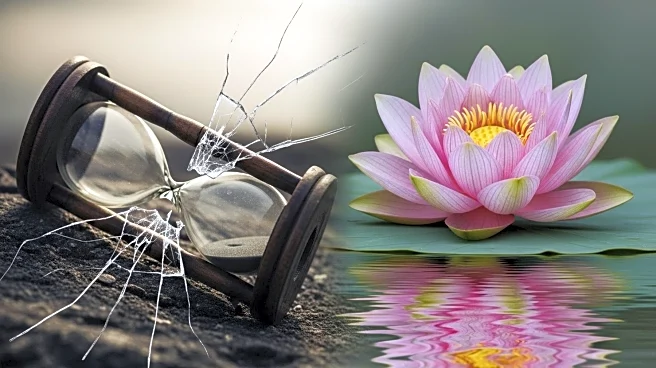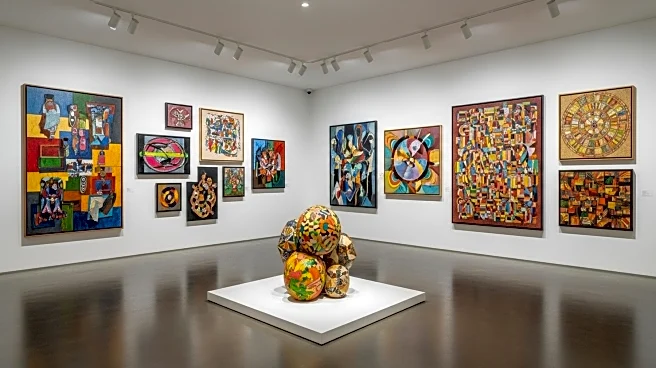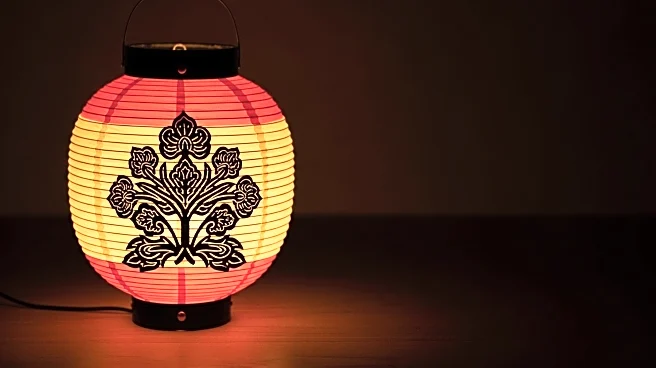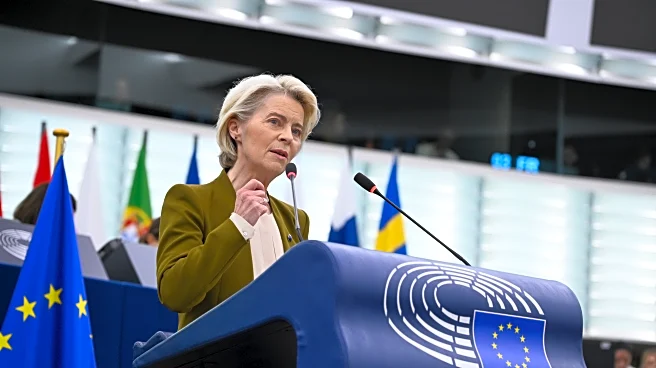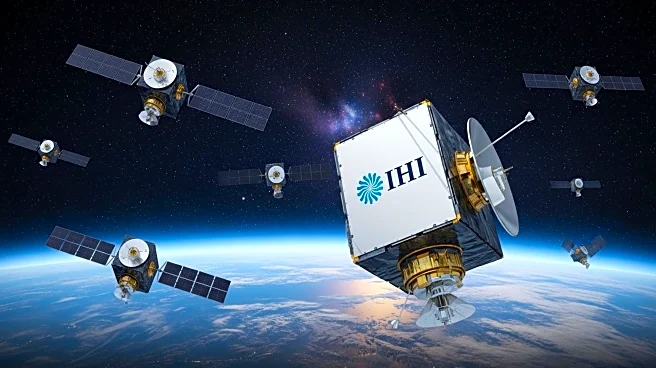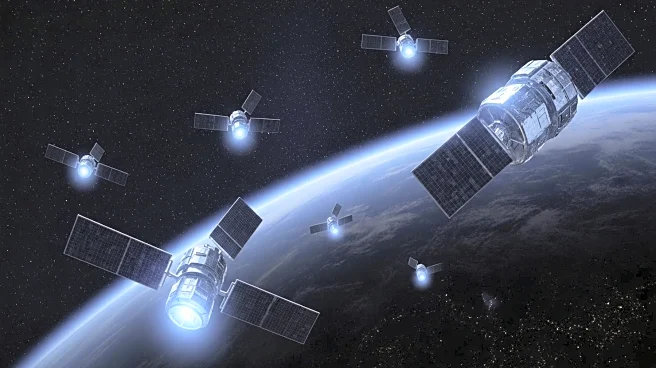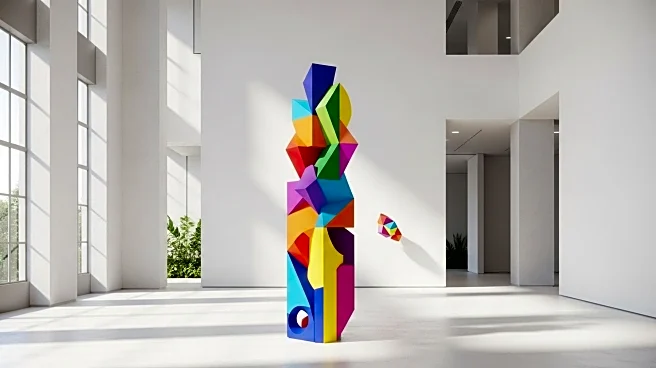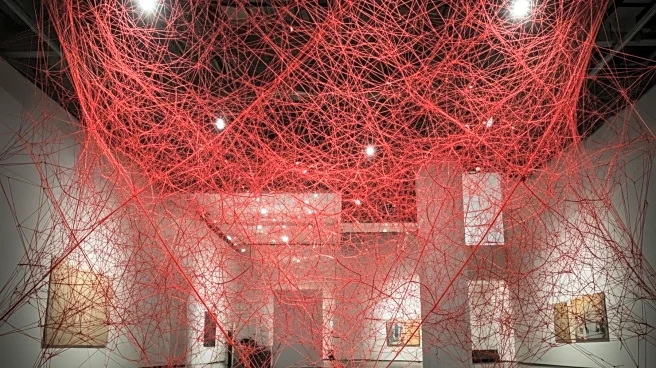What's Happening?
The sixth edition of the Aichi Triennale, Japan's largest recurring contemporary art exhibition, is underway in Nagoya, Aichi Prefecture. Titled 'A Time Between Ashes and Roses,' the event features works from around 60 artists and groups from 22 countries. The theme, inspired by a line from Syrian poet Adonis, addresses the intersection of beauty, violence, and environmental collapse. Artistic Director Hoor Al-Qasimi, who also leads the Sharjah Art Foundation, emphasizes the exhibition's focus on renewal and the natural world. The triennial coincides with significant historical anniversaries, including the 60th anniversary of the atomic bombings of Hiroshima and Nagasaki, and ongoing conflicts in Gaza. The exhibition also touches on sensitive topics such as the forced labor of Korean coal miners during World War II and the cultural history of Japan's Ainu and Ryukyuan Indigenous groups.
Why It's Important?
The Aichi Triennale 2025 is significant as it provides a platform for artists to engage with pressing global issues, including historical and ongoing conflicts, environmental challenges, and cultural identity. By addressing these themes, the exhibition encourages dialogue and reflection on the impact of human actions on society and the planet. The inclusion of controversial topics, such as the devastation in Gaza and the legacy of the atomic bomb, highlights the role of art in confronting difficult truths and fostering understanding. The triennial's timing, amid political changes in Japan and global tensions, underscores the importance of cultural events in navigating complex socio-political landscapes.
What's Next?
As the Aichi Triennale continues, it is expected to provoke discussions on the role of art in addressing global challenges. The exhibition may influence future cultural policies and inspire similar events worldwide to tackle sensitive issues. The participation of artists from diverse backgrounds, including those from conflict zones, could lead to increased collaboration and cultural exchange. Additionally, the triennial's focus on environmental themes may contribute to broader conversations about sustainability and the impact of human activity on the planet.
Beyond the Headlines
The Aichi Triennale's exploration of destruction and renewal raises ethical questions about the responsibility of artists and cultural institutions in addressing global crises. The event challenges audiences to consider the interconnectedness of human actions and natural phenomena, prompting a reevaluation of societal values and priorities. By highlighting the experiences of marginalized communities, the triennial also contributes to ongoing discussions about representation and inclusivity in the arts.
